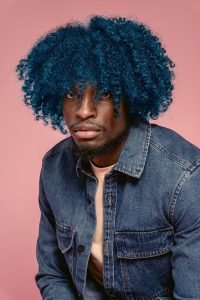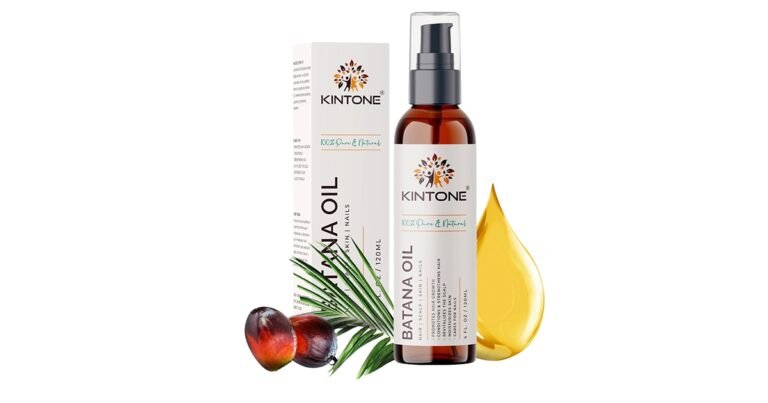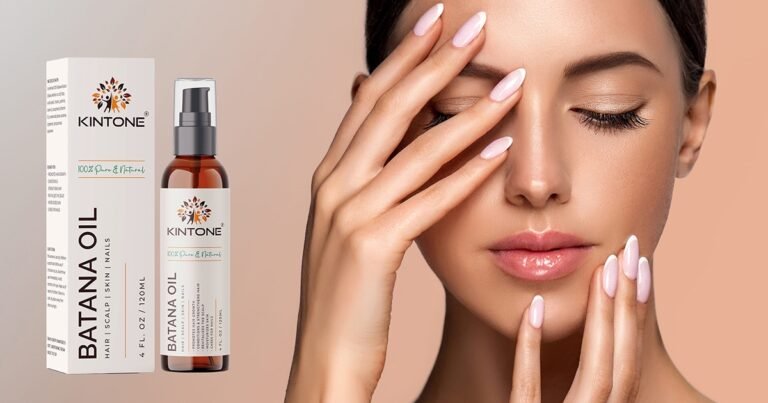Why are black men hairstyles increasingly mirroring the natural styles traditionally favored by black women and girls? Here, we explore the trend in depth.
“Hello, Precious.”
“Hello, daddy.”
“What did you learn at school today?”
“Well, my favorite thing I learned was that the thing you wear to keep your hair tidy is called an Alice band.”
“It is? Oh…”
Question: What do Afro puffs, Bantu knots, cornrows, French braids, pigtails, ponytails, top knots, twist-outs, twisted-up buns, up-dos and many other less familiar hairstyles have in common?
Answer: They are all everyday style choices for black women’s and especially girls’ unprocessed hair — and are increasingly adopted as black men’s hairstyles.
For many, this question, or instead its answer, prompts further questions. These might include when, how and perhaps most importantly, why this happened. And what might this mean for black masculinity?
For way longer than many people realize — I’m talking centuries — black girls’ and women’s hair has been subjected to unsolicited comment, controversy, and even policing, most often by people who are neither black nor women. What sistas do with the hair on their heads has been regarded as fair game or public property and very much remains so to this day. One high-profile example powerfully illustrates this: It was only in 2014 that the US military deemed it was acceptable for black women to wear their hair unprocessed. Rub your eyes and read that again — black women’s hair, as it grows naturally from their heads, was finally officially approved in 2014.
Brothas’ hair has never been subjected to similar unwelcome attention. This isn’t to say it hasn’t been policed and criticized, but the level of public discourse has been dialed down to a tiny fraction of that imposed on sistas. Indeed, it’s striking that most of the policing of black men’s hairstyles has come from ourselves. It’s also fair to say that the overwhelming majority falls into two main categories.
First and arguably most potent is the critique of men who straighten their hair to be more ‘white,’ or at least ‘acceptable’ to white people. The history of black men straightening our hair is longer than James Brown’s bouffant and more complex and controversial than the late King of Soul’s reputation. However, it’s fair to say that despite the simmering argument over Brothas making this choice, so many high-profile men have done so the debate has mainly been side-lined.
Indeed, there was a time when black male public figures without straightened hair were the outliers — check out pictures of entertainers and other famous black men’s hairstyles from the 1920s to the 1960s for abundant evidence.
Second and probably most insidious is the notion that brothas choosing certain styles or processing were ‘gay’ or lacked masculinity. Male pattern baldness aside, hair can only be gendered as part of the wider gender social construct. Among black and white men, many are liable to pay a substantive social cost for wearing their hair ‘differently’ — that is, styled in a way traditionally associated with women and girls. The changes in black men’s hairstyles over recent decades reflect this enduring tension.

All of this context brings us back to the questions I posed earlier. What happened that made it not only possible but commonplace for decidedly macho adolescent young men and adult men to decide black men’s hairstyles now include many that for centuries were the preserve of black women and, more significantly, girls? Many men who make these choices are hyper-masculine and even misogynistic in their behavior. Many wouldn’t hesitate to use ‘gay’ as a homophobic insult or calculated provocation. So, what gives?
My theory is that it’s yet another manifestation of hyper-masculinity. This may strike some readers as counter-intuitive, but hear me before dismissing the possibility.
Macho men have always sought to distinguish themselves from the herd. One of the myriad ways macho brothas have tried to do this is by adopting personal styles and presentation that marks them out as different. I contend there are two historical periods where this tendency was most visible and powerful.
The first of these was the Jazz Age when black men who enriched themselves by lawful means, illicit ones, or perhaps most commonly, a mixture of the two, would parade around Harlem and other historically black areas bedecked in outrageous — and outrageously expensive — outfits, which these days (and perhaps even back then) would be considered high camp. Of course, highly distinctive black men’s hairstyles were part of the recipe. Fast forward to the 1970s, and the second popular cultural wave echoed its predecessor in many ways; men in too-expensive cars, wearing too-expensive clothes and looking like caricatures of prevailing white perceptions of the pernicious ‘black pimp’ racist stereotype.
How can current-day inheritors of black machismo identity distinguish themselves these days? It’s not an easy task — even kids whose parents survive on modest incomes have smartphones, tablets, computers and video game consoles. Add the growing tendency for working-class men of all races to buy used Audis, BMWs and Mercs rather than settle for used rep mobiles as their fathers did, and modern macho man has to find other ways to distinguish themselves.
Black men’s hairstyles once were virtually the exclusive preserve of black girls, and women tick the boxes. Distinctive and bold? Check. Something that not every man would aspire to emulate? Check. High camp, but not in a way that they perceive as getting them mistaken for being ‘gay’ — in their narrow-minded definition of what that means? Check. After all, what could be more manly, aggressive, and decidedly macho than a man being so confident in his masculinity that he’s unconcerned about wearing a ‘girl’s’ hairstyle? Who is going to dare to argue with him?
Masculinity has always changed and always will. How black men of all kinds navigate and shape these changes will never be insulated from broader social trends. It’s undeniable that the rise of the metrosexual (white) man has changed perceptions of how masculinity is defined way beyond the confines of the social and cultural spaces where they predominate. Black men are not immune from these forces — indeed, they are instrumental in shaping them on both sides of the Atlantic. Overwhelming evidence of this can be seen in the increasingly widespread adoption of black men’s hairstyles by white men.
The irony of these powerful social forces, accelerated by social media and the cultural conversations they have enabled, is that the spread of men adopting these ‘formerly female’ hairstyles has grown fast and is accelerating. Modern macho men must think of another way of standing out from the crowd. Black men’s hairstyles, however outrageous they contrive them to be, can no longer do the job.



